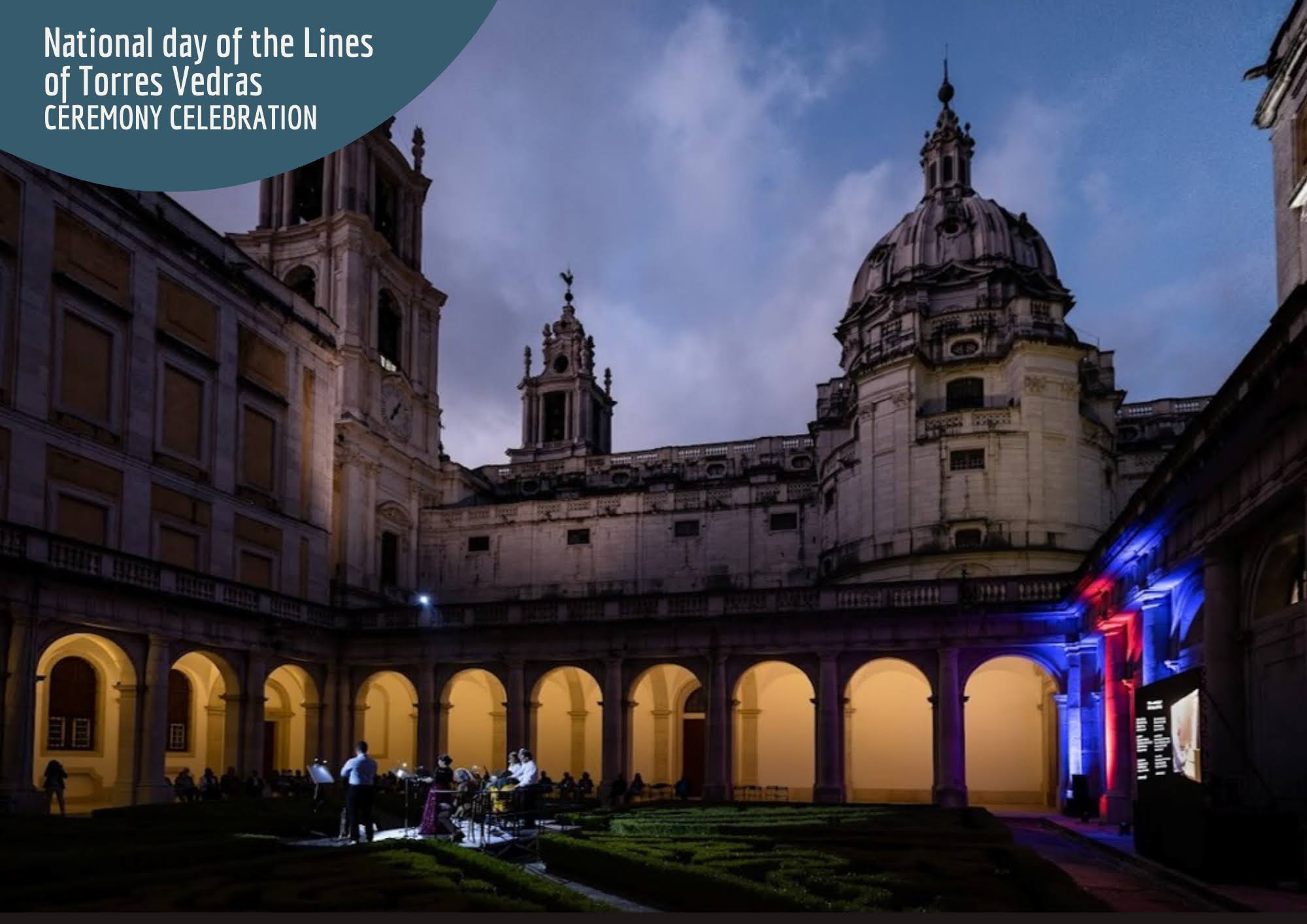
On October 20th, at the occasion of the tenth anniversary of the elevation of the Lines of Torres Vedras to National Monument status, the European Federation of Napoleonic Cities will receive the Wellington Prize, awarded to its Honorary President, Charles Bonaparte. This distinction celebrates the federation’s long-standing commitment to safeguarding and promoting the Napoleonic legacy across Europe. Through initiatives such as the Lines of Torres Vedras route in Portugal, the federation connects history, culture, and tourism, bringing new life to sites that once shaped Europe’s destiny. The Wellington Prize symbolizes both recognition of past efforts and encouragement for future cooperation among Napoleonic cities. The ceremony will highlight the shared European heritage that unites nations once divided by conflict, inviting new generations to rediscover history through culture and travel.
Interview with Ana Umbelino, Executive Vice-President of FECN-Destination Napoleon and Vice-President of the Torres Vedras Lines Association
- The Lines of Torres Vedras have become a key example of how military heritage can be turned into a meaningful cultural tourism experience. How do you see this itinerary contributing to Portugal’s and Europe’s broader cultural tourism landscape?
The Historical Route of the Lines of Torres Vedras constitutes an invaluable resource for the interpretation of European history, as well as to narrate the histories of other countries across different continents that were shaped by the Napoleonic invasions and the far-reaching consequences they set in motion. This demonstrates that its relevance transcends the geographical boundaries of Europe stritu sensu. Indeed, the events it evokes establish connections among citizens from multiple parts of the world through the invisible threads of collective memory.
For instance, King João VI, the royal court, and the capital were transferred to Brazil — a strategic decision that ensured the preservation of Portuguese sovereignty and, initially, the integrity of the empire, yet ultimately set the stage for the independence of the former colony. These circumstances connect the contemporary history of Brazil to an extended historical narrative.
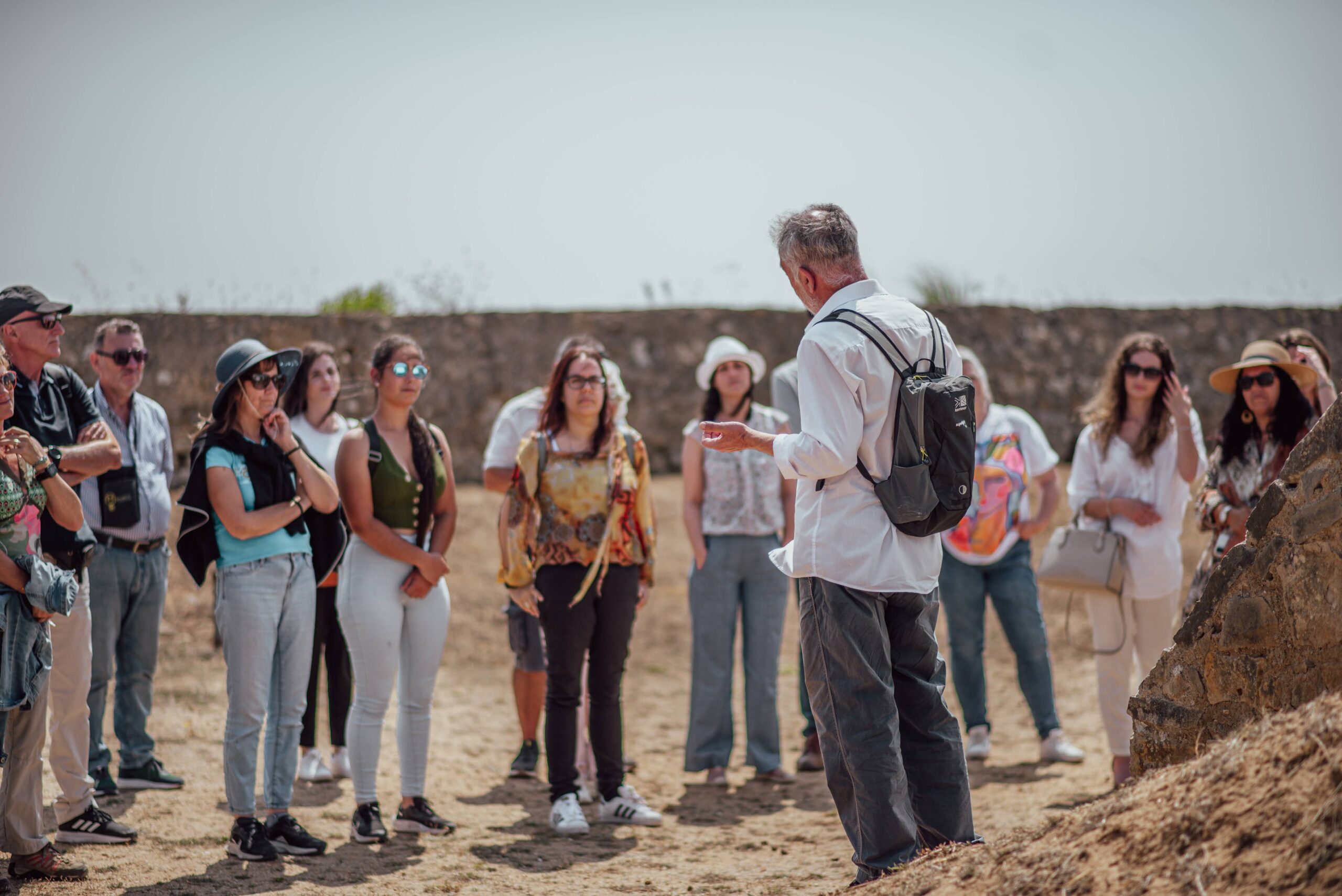
Moreover, having military heritage at its core, this cultural and tourist itinerary offers a system of diverse experiences since it connects diferent resources and heritage sites.
Over the years, an ecosystem has progressively emerged, bringing together public, private, and civil society actors who collaboratively construct an integrated, thematically coherent, and distinctive offer. Using the matryoshka metaphor Destination Napoleon frames the Napoleonic itinerary in Portugal and comprises the Historical Route of the Lines of Torres Vedras. Consequently, the international and European dimension and the local dimension are intertwined.
- The Lines of Torres were built to defend Lisbon from Napoleon’s armies during the Peninsular War, yet they were never directly attacked. In your view, what makes this historical episode and its preservation so significant today?
It is important to remember that the Battle of Buçaco took place in September 1810 and marked the first French defeat during the third invasion. Although Marshal Masséna was unable to prevent defeat, he believed he still had the capacity to continue his advance toward the capital.
Despite the losses, he pressed on toward Lisbon, only to be halted at the Lines of Torres Vedras.
The victory gave Wellington’s troops the time they needed to withdraw to the Lines of Torres, where they would ultimately stop the French army. The first French troops sighted the Lines of Torres on 11 October, and Masséna realized that it would be impossible to overcome this obstacle without reinforcements.
Small skirmishes were reported, but Masséna withdrew after about a month. The French army would wander across the country for several months, pursued by Wellington, before finally retreating to Spain.
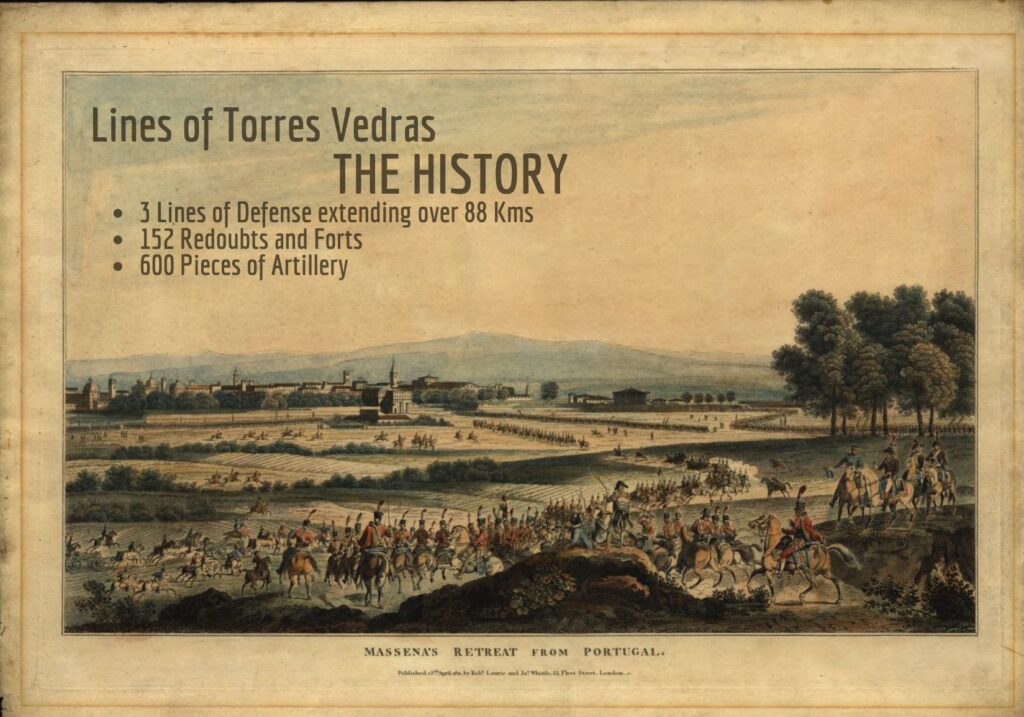
The lines of Torres Vedras are, actually, a defensive system considered unique in the history of land-based military strategy and construction. Beyond the intrinsic value of the heritage itself, its significance, symbolism, and the narratives it conveys also play a crucial role. The Lines of Torres Vedras are more than a chapter in history; they carry the memory of the men, women, and children who built them, and of the generations who grew, lived, and were shaped in their shadow.
During the 19th and 20th centuries, the Lines of Torres Vedras became a symbol of the strength and determination of a people, but a soulless symbol, gradually reduced to an insurmountable barrier, a series of forts and redoubts, pieces of artillery, the celebration of a strategy, and a purely military analysis of the event. However, it is more than that. We have sought to preserve its human dimension, preventing it from being eclipsed by the invincibility of the militar system itself and the achievement of the Anglo-Portuguese troops.
Simultaneously, we have endeavored to employ them as a tool for reflecting on the present and contemplating the future, integrating them into programs of heritage and civic education. This idea is illustrated by the statement of the historian José Mattoso, who notes:
“I would wish that my explorations of the past were not journeys into a realm of shadows, nor the mythologizing of supposedly privileged facts, but a revelation of what is ever new in the past, of what continually brings it to us again, of what continually drives us in the present. Of what we should continually pass on to those who come after.”
- Digital tools are transforming the way visitors experience heritage sites. What are the main challenges and opportunities in using technology to interpret and promote the Lines of Torres itinerary?
Considering the features of the military heritage sites at the core of the Historical Route of the Lines of Torres Vedras, it is crucial to invest in technological tools that enhance and expand visitors’ experiences, enabling them to travel through time and space, immerse themselves in the environments and settings of the Napoleonic Invasions, and encounter and engage with their key figures, being part of the plot.
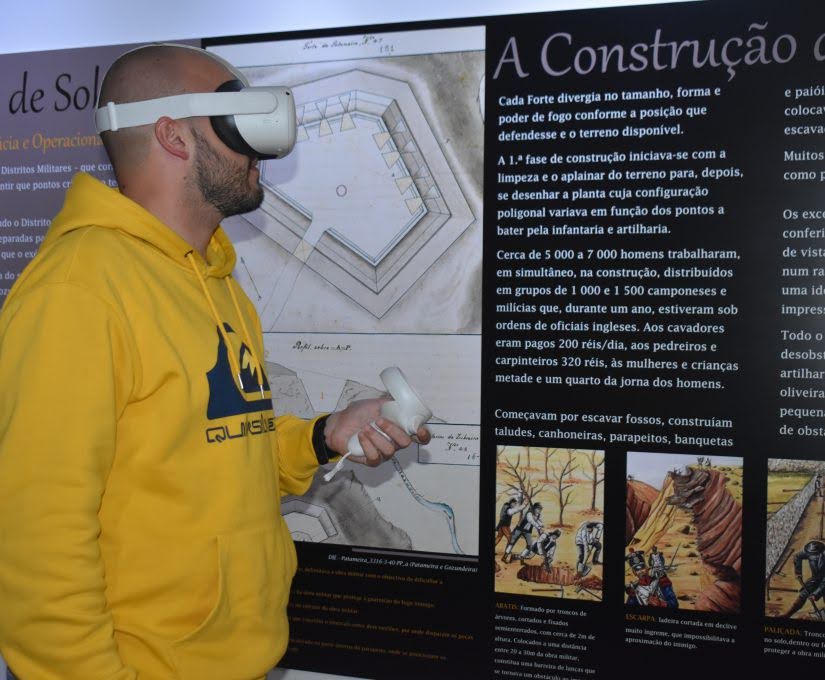
The development of technological tools and devices requires, upstream, a significant investment in research to generate content that meets standards of historical accuracy, alongside the creation of an ecosystem composed of communities of historians and researchers affiliated with academic institutions and civil society organizations holding specialized knowledge.
Tecnology requires good stories and shall also tell the stories of ordinary people and their daily routines and lived experiences! Fortunately, the Historical Route of the Lines of Torres and the Napoleonic Routes in Portugal have developed widely recognized work in these areas, as evidenced by the recente distinction within the 2025 ECTN Awards 2025 (European Cultural Tourism Network). We won the 1st Prize in the category “Digitalisation in Smart Tourism: Cultural Heritage and Creativity Aspects, Enhancing Visitor Experiences”.
The award-winning project, titled “Time Travel Was Once the Stuff of Science Fiction””, is part of the networked cooperation of the Napoleonic Routes in Portugal and represents a milestone in the digitalization of cultural heritage associated with the French Invasions.
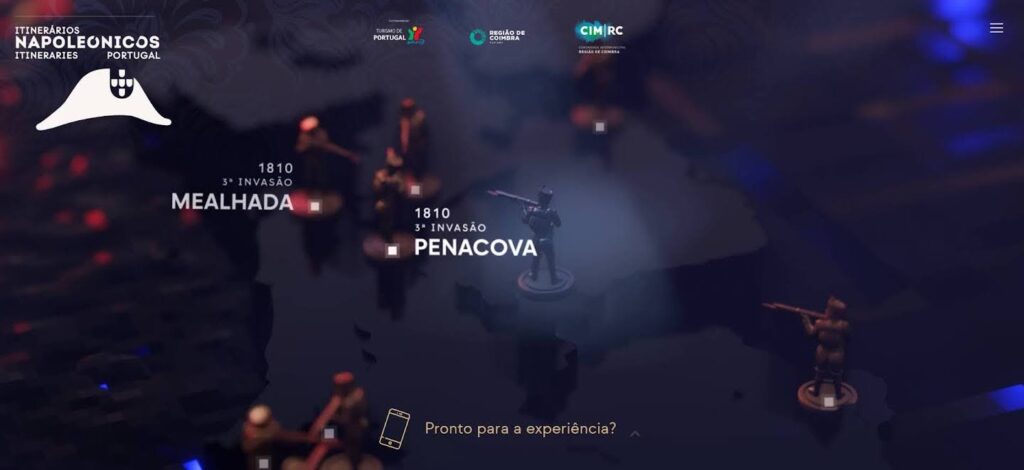
The project includes the creation of 13 Virtual Reality environments and 13 Augmented Reality experiences, allowing visitors to experience, in an immersive and innovative way, episodes of the 1st and 3rd Napoleonic Invasions across 13 Portuguese municipalities.
While Augmented Reality recreates historical events before the visitor’s eyes, Virtual Reality provides the opportunity to explore behind-the-scenes areas, strategic locations, and the decisions of key figures and/or significant events of the period, making the tourism experience more engaging, educational, and immersive. These devices add value to each visitor`s experience.
- The Lines of Torres are part of the European Federation of Napoleonic Cities. Could you explain how this collaboration enhances the visibility and value of the itinerary within the European network?
We believe this is the time to think and act together, fostering collective intelligence and creativity and our participation in the European Federation of Napoleonic Cities offers the right environment to foster innovation, to scale good and inspiring practices, to enhance capacity building and to maximize our outreach.
The Federation is a place where we find the opportunity to share, to question, to reflect and to learn with others. Throughout the years, we have participated in joint programs and experimental, innovative projects that allow us to test models of sustainable cultural tourism, cultural routes management and governance, establish frameworks in the fields of heritage education and community engagement, and explore multiple other domains.
The Federation is a rich pool of knowledge, practical tools, and collaborative work opportunities. It provides a network that enables the mobilization of financial, cognitive, and creative resources through flexible project applications and the effects of collaborative work.
Moreover, being part of Destination Napoléon further enhances the reputation and visibility of the Historical Route of the Lines of Torres and gives it an international dimension, which, moreover, is embedded in its DNA. Finally, it allows for the establishment of dialogues, bridges, and synergies with other Cultural Routes of the Council of Europe that have a local presence, expanding and connecting visitors and tourists.
- Looking ahead, which aspects of the Lines of Torres itinerary would you like to strengthen or further develop — in terms of heritage conservation, storytelling, or visitor engagement?
The challenges in heritage conservation are tremendous. It is necessary to enhance shared management models that can achieve economies of scale and replicate best practices.
In parallel, heritage education and communities engagement is a key pillar. It is essential to demonstrate the importance of this heritage in order to build an understanding of the complexity of the present and foresee a better european community in the years to come.
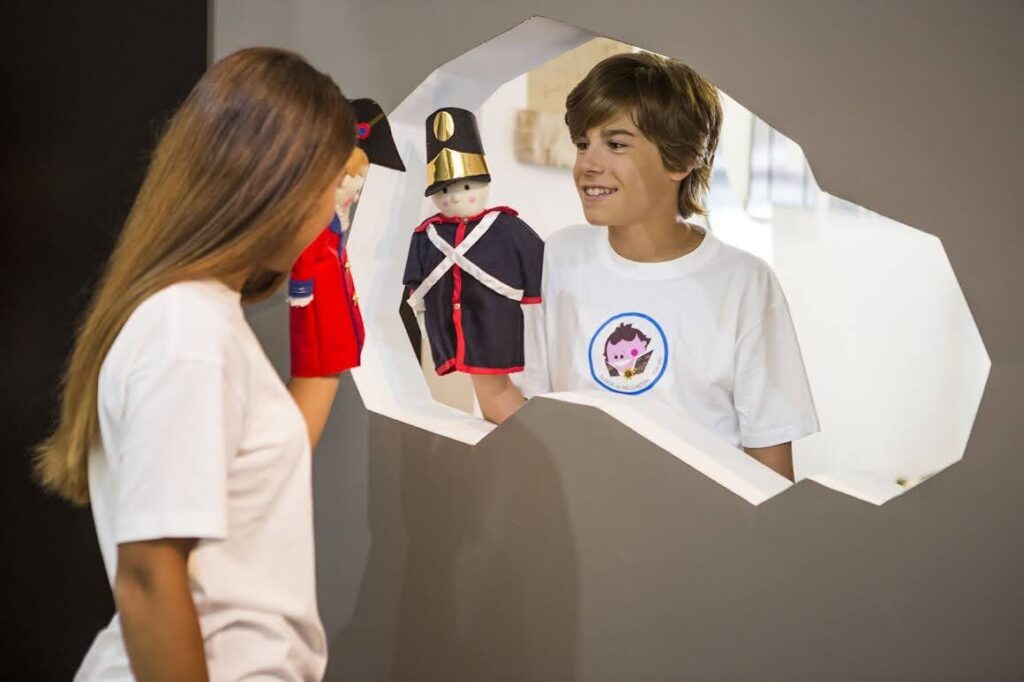
In this regard, it is crucial to engage younger generations by investing in resources that can be used by schools, families and the young people themselves.
Tecnology has to relie in quality contents avoiding simplification, standardization or mere entertainment.
Moreover, it is essential to generate projects that convey communities participation in the co-creation of artistic objects triggered by the historical process in order to foster new meanings and to link diferent citizens. Arts and culture have an important social value and that is an indisputable asset in a world marked by fragmentation and increasing conflicts.
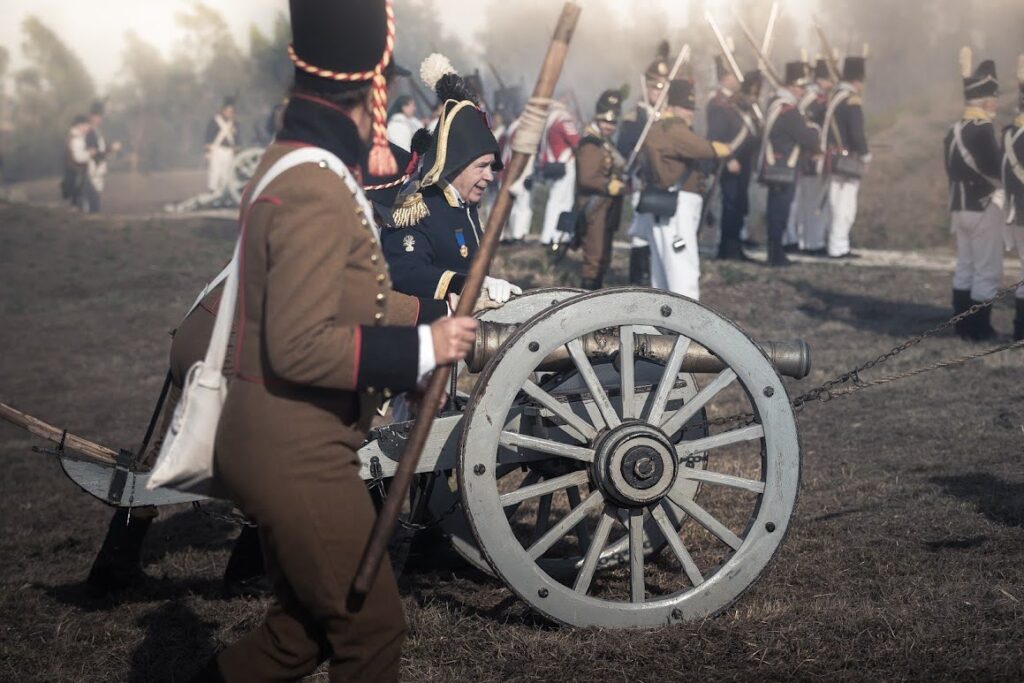
The New Invasions Festival is a good example of community participation and artistic co-creation triggered by Napoleonic Invasions by combining reinterpretation with original creation in the field of performing arts.
Finally, the use of data to inform rational decision making in several areas, including the development of marketing and communication strategies is paramount.
For more informations :
https://www.rhlt.pt/en/